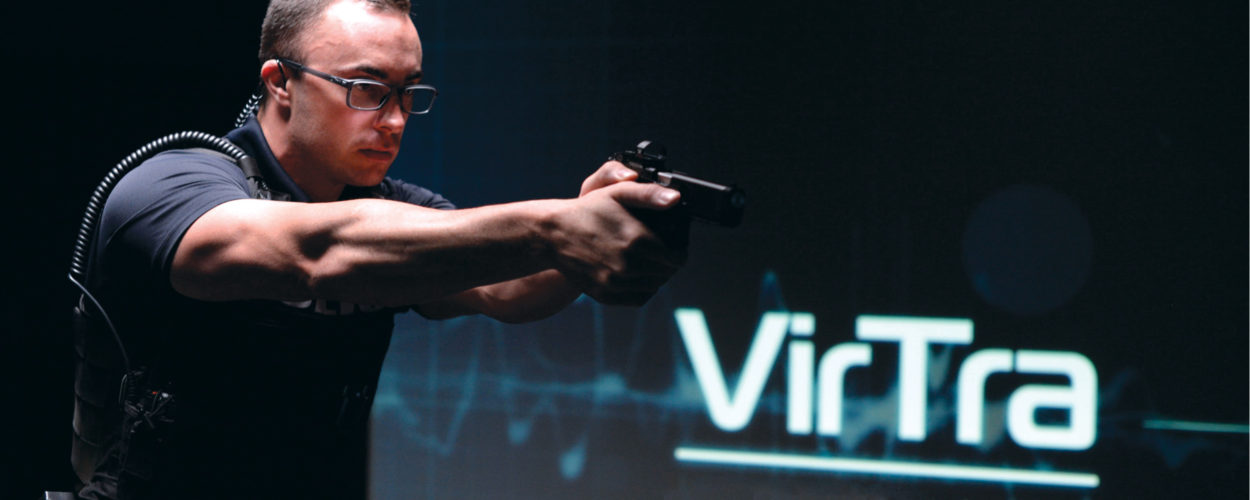
Everyone has experienced a stressful situation before, even those outside of the law enforcement field. Stress can be caused by a verbal argument, a heavy workload at your job or even a traffic jam on the way home. Stress and its influence on arousal are two factors that can greatly influence your performance on the job, particularly as a law enforcement officer during a force encounter.
Both stress and arousal can help or hinder various aspects of performance, but the two are not the same. Stress can occur when the perceived demands of an event exceed one’s perceived ability to meet those demands. Stress is expressed physical arousal in the form of increased heart rate, blood pressure and breathing patterns. Too much stress can limit one’s ability to recall an event.
The purpose of arousal, is the act of stimulating readiness. Your senses become “prepared” to the point of perception. It affects the regulation of consciousness, attention and alertness. In fact, the common “fight, flight and freeze” responses are initiated by arousal.
The Yerkes-Dodson Law
The Yerkes-Dodson Law specifically relates to arousal and is characterized by its “Inverted U” graph. This law “suggests that there is a relationship between performance and arousal” (Cherry, 2020). Lower arousal is better for cognitive tasks, while high arousal is better for strength and endurance-related events. Essentially, arousal can improve performance, but if arousal climbs too high, it can begin to hinder it. As the graph above shows, there is an apex where peak performance can be achieved.
So how does this relate back to the law enforcement field? It is important to know how stress affects you personally and how it can compound with arousal, and the best way to find out is during training sessions. Higher arousal can affect perception; it allows people to focus on pieces of events that the brain deems important to survival, but it does so at the detriment to other parts of the event. By practicing in a VirTra police training simulator, you can learn how stress and arousal contribute to your memory of events and performance. Training tools that induce stress such as the Threat-Fire® can provide stress and consequences within a safe environment, letting you learn to work through situations under pressure.
To learn more about human factors, customers have free access to the Human Factors in Force Encounters V-VICTA™ curriculum. This IADLEST-certified course includes a lesson plan, slide show presentation, course materials and more to teach officers the science behind our reactions during force encounters. Additionally, the content was authored by not only VirTra’s in-house subject matter experts, but based on the ground breaking work of Force Science Institute’s Executive Director and Co-Founder Dr. William Lewinsky.
To learn how to get this content, please contact a product specialist.
References
Cherry, K. (2020, May 10). The Yerkes-Dodson Law and Performance. Retrieved from Very Well Mind: https://www.verywellmind.com/what-is-the-yerkes-dodson-law-2796027
Recently Published
Join Our Newsletter








